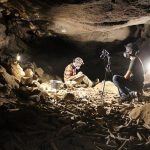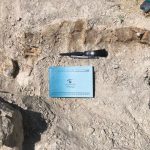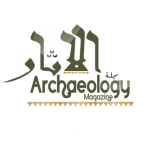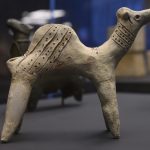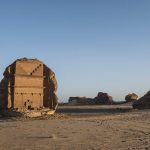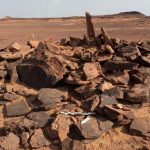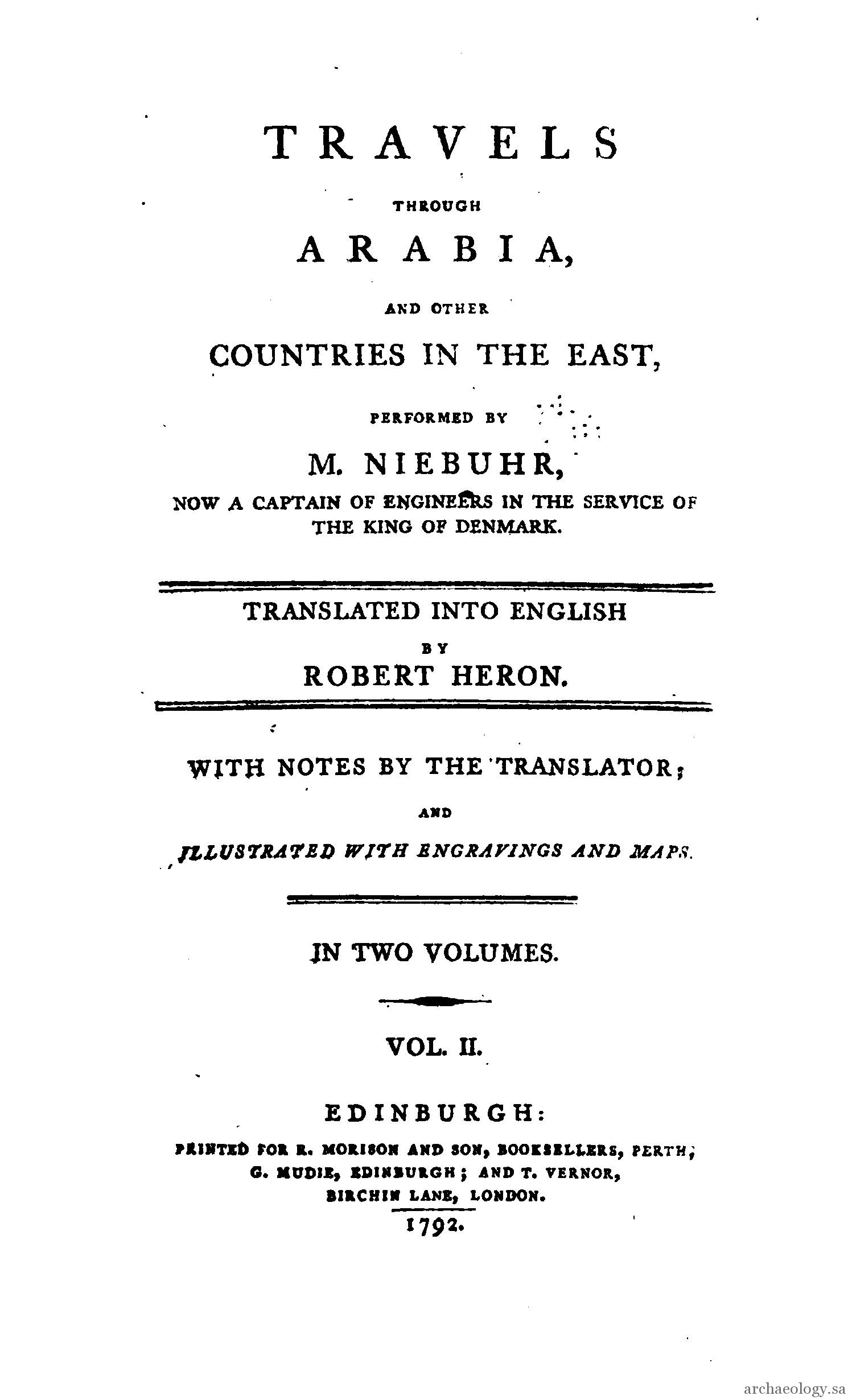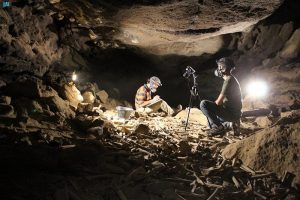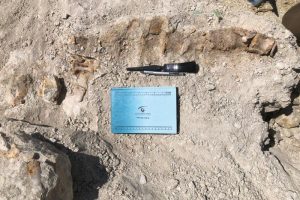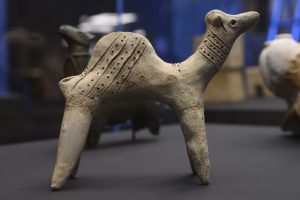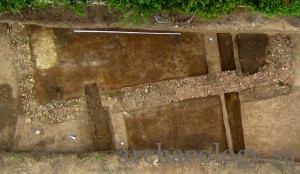
Biography
Niebuhr was born the son of a small farmer in Lüdingworth (now a part of Cuxhaven, Lower Saxony) in what was then Bremen-Verden. He had little education, and for several years had to do the work of a peasant. He was interested in mathematics, however, and managed to obtain some training in surveying.
In 1760 one of his instructors suggested that Niebuhr join a scientific expedition being mounted by Frederick V of Denmark to Egypt, Arabia and Syria. Niebuhr studied mathematics for a year and a half before the expedition set out, and also managed to acquire some knowledge of Arabic. The expedition sailed in January 1761, and, landing at Alexandria, ascended the Nile. Proceeding to Suez, from where Niebuhr made a visit to Mount Sinai, in October 1762 the expedition sailed to Jeddah, and then journeyed overland to Mocha. Here, in May 1763, the expedition’s philologist, von Haven, died, and shortly afterwards its naturalist Peter Forsskål also died. The remaining members of the expedition visited Sana, the capital of Yemen, but suffered from the climate and returned to Mocha. Niebuhr seems to have preserved his own life and restored his health by adopting native dress and eating native food. From Mocha the expedition continued to Bombay, the expedition’s artist dying en route and the surgeon soon after landing. Niebuhr was now the only surviving member. He stayed in Bombay for fourteen months and then returned home by way of Muscat, Bushire, Shiraz and Persepolis. His copies of the cuneiform inscriptions at Persepolis proved to be a key turning point in the decipherment of cuneiform, and the birth of Assyriology. He also visited the ruins of Babylon (making many important sketches), Baghdad, Mosul and Aleppo. He seems also to have visited the Behistun Inscription in around 1764. After a visit to Cyprus he made a tour through Palestine, crossed the Taurus Mountains to Brussa, reached Constantinople in February 1767 and finally arrived in Copenhagen in the following November.
Niebuhr married in 1773, and for some years held a post in the Danish military service, which enabled him to remain in Copenhagen. In 1776 he was elected a foreign member of the Royal Swedish Academy of Sciences. In 1778 he accepted a position in the civil service of Danish Holstein, and went to reside at Meldorf (Ditmarsh), where he died in 1815. He was the father of the historian Barthold Georg Niebuhr, who published an account of his father’s life in 1817.
Works
Niebuhr’s first book, Beschreibung von Arabien, was published in Copenhagen in 1772, the Danish government providing subsidies for the engraving and printing of its numerous illustrations. This was followed in 1774 and 1778 by the two volumes of Niebuhr’s Reisebeschreibung von Arabien und anderen umliegenden Ländern. These works (particularly the one published in 1778), and most specifically the accurate copies of the cuneiform inscriptions found at Persepolis, were to prove to be extremely important to the decipherment of cuneiform writing. Before Niebuhr’s publication, cuneiform inscriptions were often thought to be merely decorations and embellishments, and no accurate decipherments or translations had been made up to that point. Niebuhr demonstrated that the three trilingual inscriptions found at Persepolis were in fact three distinct forms of cuneiform writing (which he termed Class I, Class II, and Class III) to be read from left to right. His accurate copies of the trilingual inscriptions gave Orientalists the key to finally crack the cuneiform code, leading to the discovery of Old Persian, Akkadian, and Sumerian.
A fourth volume, also based on materials from the expedition to Arabia, was not published till 1837, long after Niebuhr’s death, under the editorship of his daughter. Niebuhr also contributed papers on the interior of Africa, the political and military condition of the Ottoman Empire, and other subjects to a German periodical, the Deutsches Museum. In addition, he edited and published the work of his friend Peter Forsskål, the naturalist on the Arabian expedition, under the titles Descriptiones animalium, Flora Aegyptiaco-Arabica and Icones rerum naturalium (Copenhagen, 1775 and 1776).
French and Dutch translations of Niebuhr’s narratives were published during his lifetime, and a condensed English translation of his own three volumes, prepared by Robert Heron, was published in Edinburgh in 1792, under the title “Travels through Arabia”. A facsimile edition of this translation, as by “M. Niebuhr”, was published in two volumes by the Libraire du Liban, Beirut (undated).

